41+ Sample Fundraising Plan
-
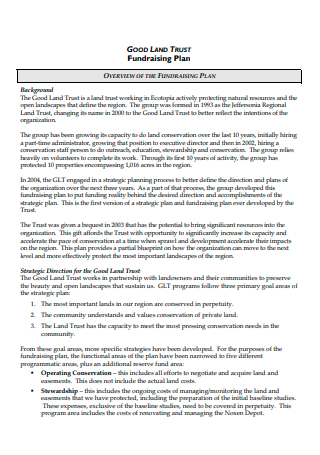
Land Trust Fundraising Plan
download now -
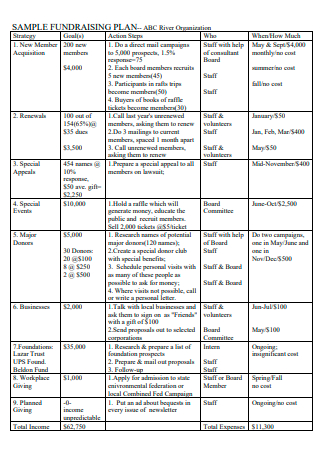
Sample Fundraising Plan
download now -
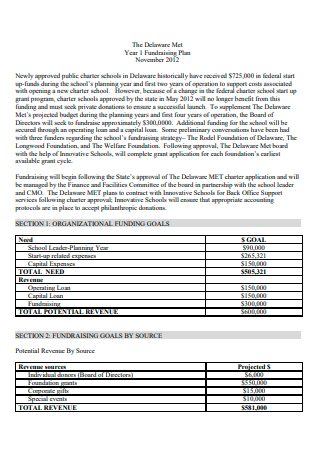
Fundraising Plan Example
download now -
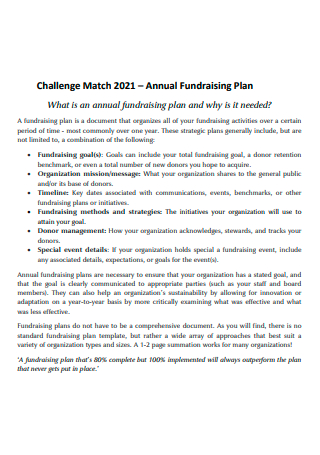
Annual Fundraising Plan
download now -
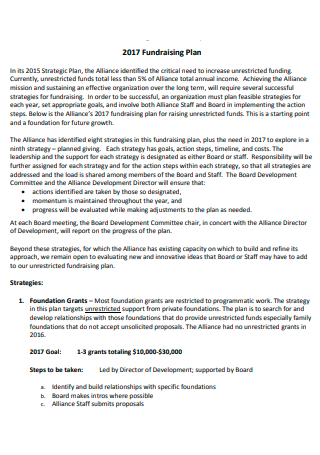
Fundraising Plan in PDF
download now -
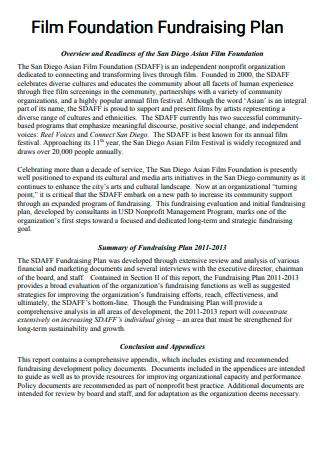
Film Foundation Fundraising Plan
download now -
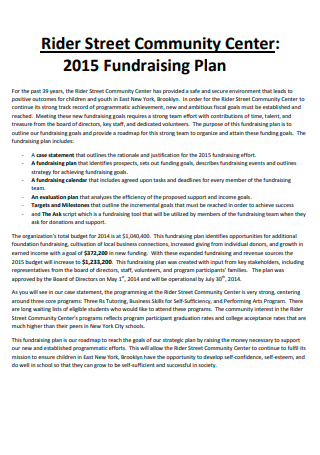
Street Community Center Fundraising Plan
download now -
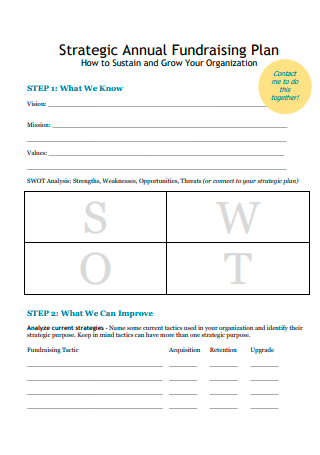
Strategic Annual Fundraising Plan
download now -
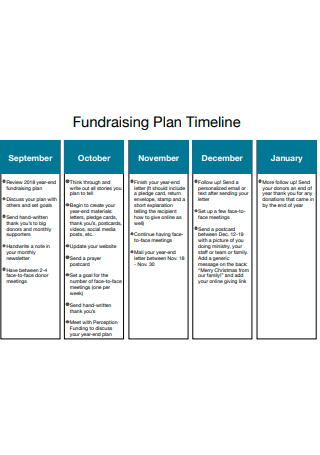
Fundraising Plan Timeline
download now -

Healthy Celebrations and Fundraising Plan
download now -
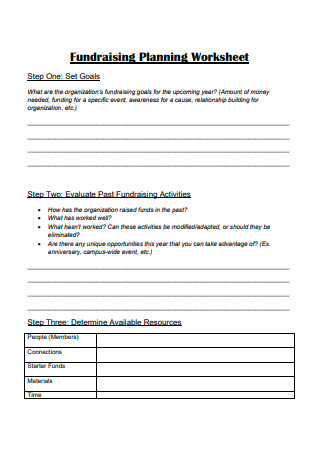
Fundraising Planning Worksheet
download now -
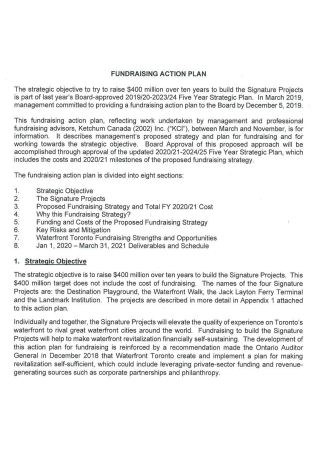
Fundraising Action Plan
download now -
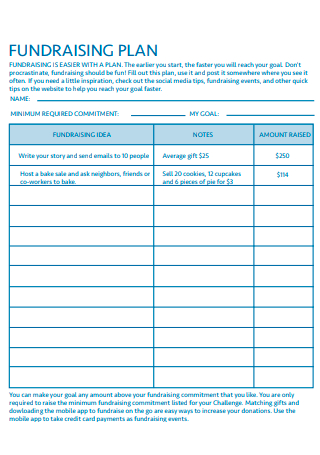
Fundraising Plan Format
download now -
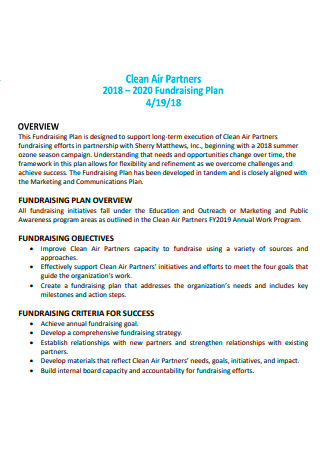
Basic Fundraising Plan
download now -

Standard Fundraising Plan
download now -
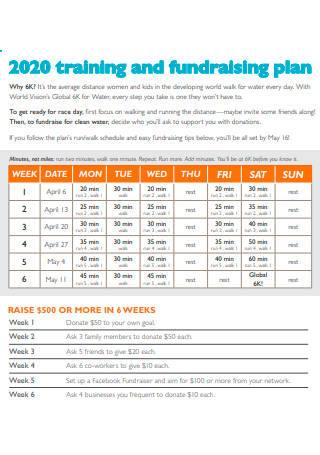
Training and Fundraising Plan
download now -
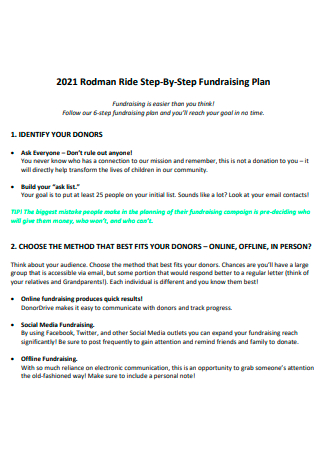
Step-By-Step Fundraising Plan
download now -

Virtual Fundraising Activity Plan
download now -

Fundraising Planning and Implementation
download now -
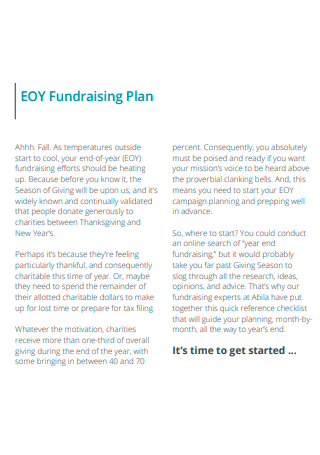
Simple Fundraising Plan
download now -
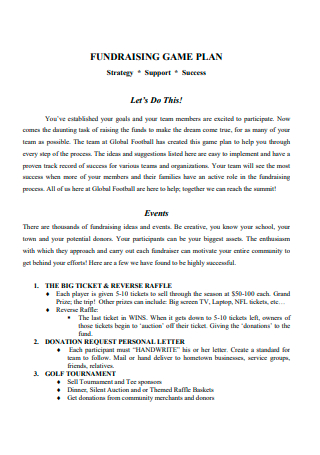
Fundraising Game Plan
download now -
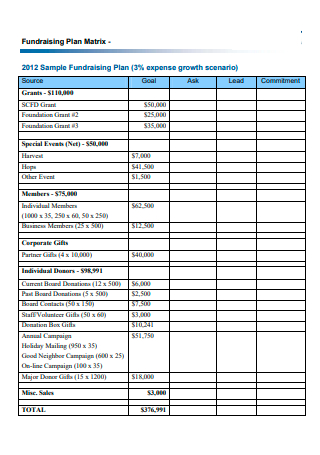
Fundraising Plan Matrix
download now -

Personal Fundraising Plan
download now -
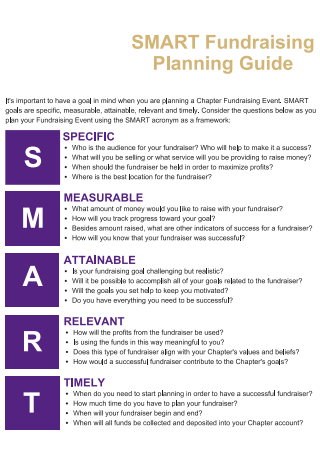
Smart Fundraising Planning
download now -
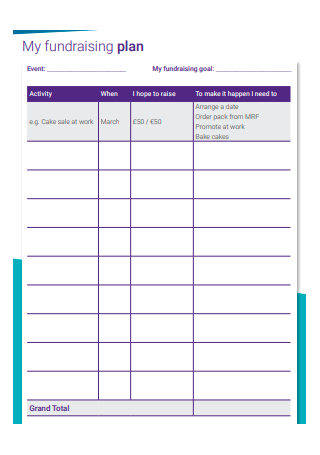
Formal Fundraising Plan
download now -
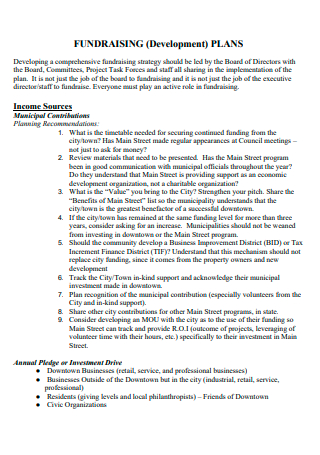
Fundraising Development Plan
download now -
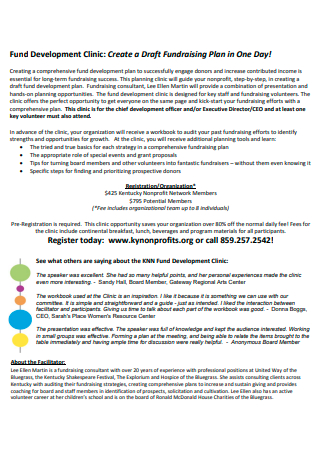
Draft Fundraising Plan
download now -
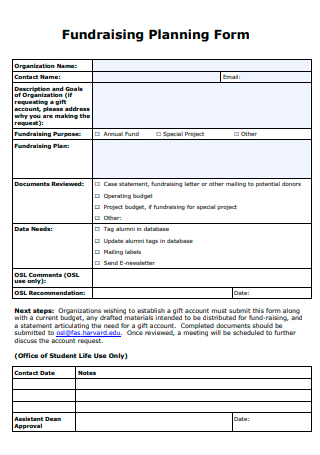
Fundraising Planning Form
download now -
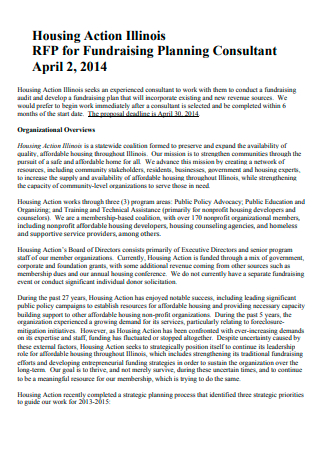
Fundraising Planning Consultant
download now -
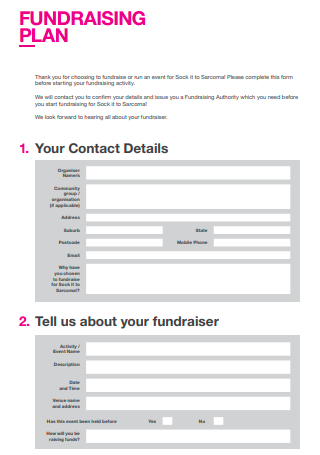
Printable Fundraising Plan
download now -
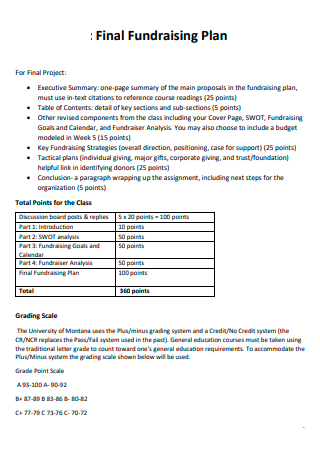
Final Fundraising Plan
download now -
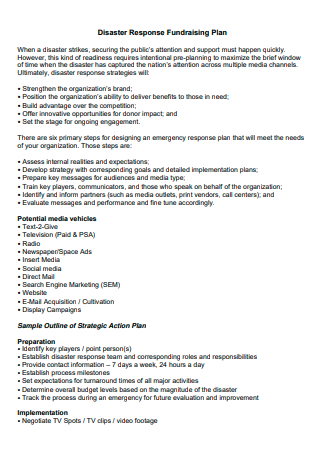
Disaster Response Fundraising Plan
download now -

Youth Ministry Fundraising Plan
download now -
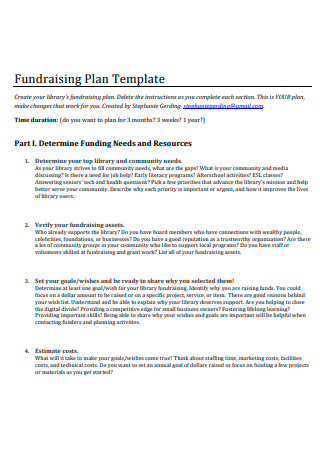
Fundraising Plan Template
download now -
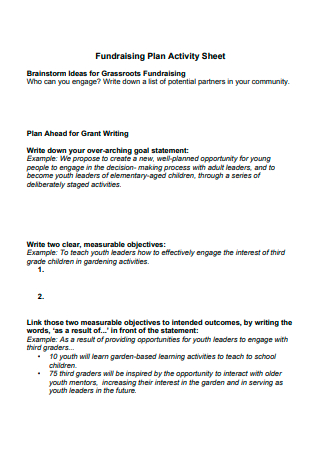
Fundraising Plan Activity Sheet
download now -

Building a Fundraising Plan
download now -
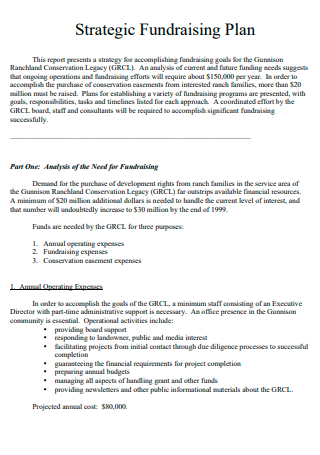
Strategic Fundraising Plan
download now -
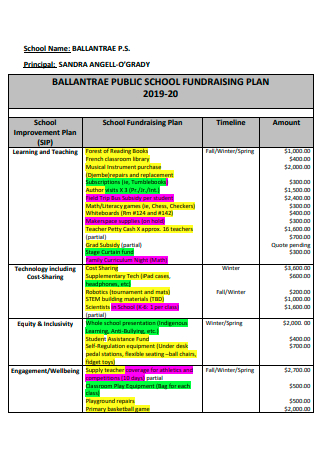
Public School Fundraising Plan
download now -
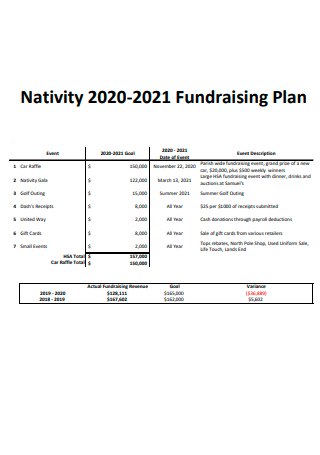
Nativity Fundraising Plan
download now -
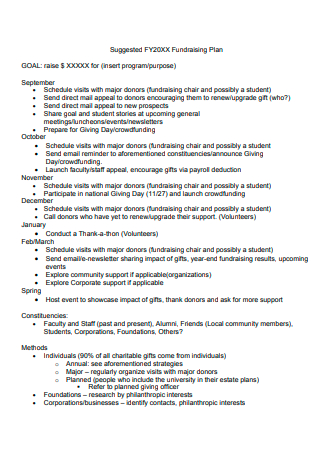
Suggested Fundraising Plan
download now -
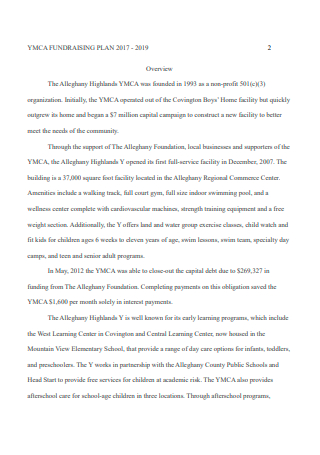
YMCA Fundraising Plan
download now -
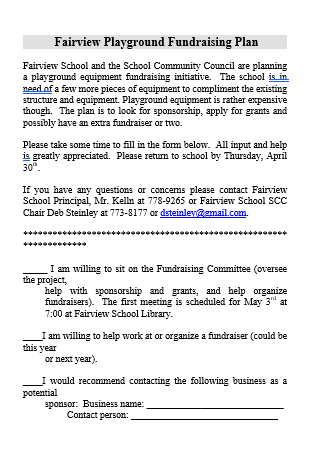
Playground Fundraising Plan
download now
FREE Fundraising Plan s to Download
41+ Sample Fundraising Plan
a Fundraising Plan?
Benefits of Event Fundraising
Tips For a Strong Fundraising Partnership
How To Write a Fundraising Plan
FAQs
What is a strategic plan for fundraising?
What are the fundraising objectives?
What sources of funding are possible?
What Is a Fundraising Plan?
A fundraising plan is a document that details the fundraising efforts you will undertake over a certain period. These strategic plans often include campaign dates and strategies, donor tracking plans, special events specifics, and a targeted communication timetable. According to statistics, those earning $25,000 or less donate the most (16.6 percent) of their income to charity. 12% of all donations occur over the final three days of the year, and 35% of all donations occur during the year’s last three months. Monthly donors provide 42 percent more than one-time gifts over a year.
Benefits of Event Fundraising
Event fundraising has many benefits, including fostering camaraderie, attracting new supporters, and improving participation. The transparency of a scoreboard incentivizes event participants to be more competitive and work harder to generate more dollars. After all, who desires to be at the bottom of a leaderboard? When your achievement is publicized and compared to others, it motivates you to work even harder to raise donations. Additionally, having an event organizer ready to encourage you and share best practices will help your fundraising efforts succeed and earn even more money for a worthwhile cause. However, event fundraising is critical for a variety of reasons – not simply financial. While this is a primary objective, event fundraising has many additional benefits, including fostering camaraderie, attracting new supporters, and improving participation. If you’re intrigued, here are a few of its advantages.
Tips For a Strong Fundraising Partnership
1. Establish strong corporate alliances.
While individual donors will almost certainly account for the majority of your fundraising efforts, there are numerous nonprofit collaboration opportunities in the corporate and for-profit sectors that can help you support and sustain your purpose. A successful corporate collaboration benefits both parties and also assists the sponsor in achieving their marketing objectives. Consumers frequently patronize businesses that help local NGOs. By partnering with your group, firms can meet corporate philanthropy standards while also gaining access to low-cost advertising and the goodwill associated with charitable giving.
2. Utilize celebrity endorsements.
Associating your company with a celebrity, performer, or politician can be quite beneficial. If you discover a personal link between your company and a celebrity, reaching out and establishing an introduction may be worthwhile. If you’re fortunate, the celebrity may even contact you. Conduct research to determine what celebrities are discussing, the causes they support, and the issues they become involved in. Make the introduction when you locate a match. According to a study, a celebrity endorsement raises a firm’s sales by an average of 4% compared to its competitors and increases its stock value by 0.25 percent.
3. Take into consideration online partnership programs.
You can frequently build corporate alliances straight from the comfort of your home office if you know where to look! Major retailers and media firms offer these online partnership programs that support NGOs by donating a portion of their income or sales. While you are unlikely to obtain donations on the scale of a traditional corporate sponsorship, internet partnership programs can provide consistent revenue without having you do any work. Research shows that, on average, 74% of all recurring donations are Gift Aided. November and December are the busiest months for online giving, with 45 percent of donations occurring during these months, with Sunday and Monday being the most popular giving days.
4. Discover opportunities for matching gifts.
Numerous firms will match employee donations to local NGOs. Participating in a gift-matching program effectively doubles the amount of money you receive without requiring you to do twice the work. It’s a win-win situation for both you, the contributor, and your employer. Like corporate sponsorships, they benefit by partnering with a local organization and doing more good in the community. When developing the fundraising action plan for your nonprofit’s upcoming campaign, leave sufficient time researching matching gift alternatives.
How To Write a Fundraising Plan
Numerous nonprofit organizations, particularly smaller charities and startups, do not have a fundraising strategy. When someone comes up with a concept for an event or a campaign, they quickly form a host committee or volunteer group and carry it out. They may send out a few letters and hold donation meetings, but when the bank account appears to be running low, they frequently go into “panic mode” and scramble for funds to keep the doors open. This is not the optimal method for running your development program. Even if your nonprofit is well-funded, maintaining an unorganized and unplanned fundraising operation is a surefire prescription for stress, headaches, and eventually financial catastrophe. Therefore, how do you evade this fate? The most effective method is to have a detailed fundraising plan. Regardless of the size of your church, school, or charity or the stage of its operations, your group requires a comprehensive, well-written fundraising plan. A written plan can help you focus your efforts, organize your annual fundraising calendar, and guide strategy and tactics during the flurry of events, mailings, and phone calls. In summary, your fundraising strategy will keep you sane in the insane world of the development office’s day-to-day operations.
Step 1: Define your objectives.
What could be a more appropriate beginning point for a plan than knowing your ultimate objective? What goals does your company have for this year? It is critical to have a purpose. Depending on your preferences, you may desire to take it one step at a time and cover one part of your fundraiser at a time.
Step 2: Avoid hunchbacks.
Fundraising and grant writing are not about making educated guesses; you need facts and data when soliciting help from contributors. If you’re new to the charity sector, you should focus on large gifts and follow up with prospective sponsors via letters and phone conversations. It will help if you labor for it in some way.
Step 3: Calculate the cost of your fundraising program.
Include shipping, the cost of developing your website, hosting special events, the cost of fundraising staff, and the personnel costs associated with managing the volunteers who will assist you in raising funds. Estimate costs realistically, but plan to use cost-effective strategies to ensure that expenditures do not consume all of your fundraising funds. How much of your fundraising budget should you allocate? There is no definitive figure, but the IRS will review your income and expenses when you submit your yearly 990 tax form and expect that a substantial portion of your expenditures will go into your programs, not CEO pay or benefits. In other words, the majority of your expenses should be spent on accomplishing the mission for which you were created.
Step 4: Create a schedule for your fundraising campaign.
Fill in a year’s calendar with detailed activities and assign a lead to each project. Develop timelines for each fundraising activity, such as the annual campaign, the chosen Giving Day, or the unique event. Anticipate grant opportunities —schedule time to confer with and train your board of directors on their role in fundraising. While the timeline will surely alter over the year, having one in place will ensure that you do something. Adjust the schedule as you go, and after the year, review how it went and make necessary adjustments for the following year.
Step 5: Determine potential funding sources.
Can current sources of income be used to generate additional revenue? Are there any audiences that you are missing out on? Have you explored receiving funding from the government or a foundation? Are they civic organizations, churches, or universities? How about matching employee donations or other forms of earned income? Are you maximizing your online fundraising efforts? Do you have a recurring donation program? Once you’ve attracted contributors, how do you keep them?
Step 6 Evaluate your fundraising plan.
Evaluation will help you achieve better achievements. Make a point of evaluating your actions every few months. Determine the criteria that will be used, such as the amount of money raised, the number of new contributors, the number of foundation contacts made, and the improvement in donor cultivation activities. Once your group has mastered generating funds for a single year’s operations, you’ll want to move on to multi-year plans, loftier objectives, more sophisticated strategies, and novel techniques.
FAQs
What is a strategic plan for fundraising?
A strategic fundraising strategy is focused on your goal and involves your board of directors, staff members, and long-term fundraising objectives. When confronted with new trends or economic constraints, fundraising might feel overwhelming.
What are the fundraising objectives?
A frequent fundraising objective is to nurture and increase awareness for the cause, project, or brand for which funds are being raised. Raising awareness will boost the number of people willing to assist and participate in your new fundraising.
What sources of funding are possible?
Retained earnings, borrowed capital, and equity capital are the primary sources of finance. Businesses maintain earnings from operations to expand or pay dividends to shareholders. Companies raise capital by either privately borrowing from a bank or going public (issuing debt securities). According to research, retained earnings, borrowed capital, and equity capital are the primary sources of finance. Businesses maintain earnings from operations to expand or pay dividends to shareholders. Companies raise money by either privately borrowing from a bank or going public.
You are now prepared to assemble all of your information into a single document – your fundraising plan. Once again, if you haven’t already, our template is an excellent place to start. Naturally, you can then change and customize it as desired. Developing an efficient fundraising strategy and adhering to it throughout the year may position your organization for a successful fundraising year. Bear in mind, though, that your fundraising strategy may change at any time, so it’s always prudent to maintain flexibility as you proceed. If there is one thing that this year has taught us, no plan is set in stone!
